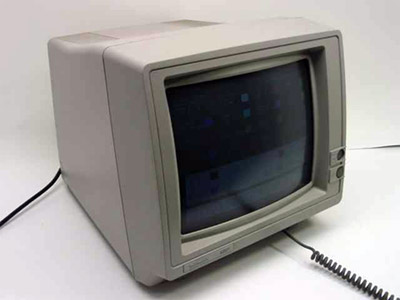Introduction
I will try to make this as easy to understand to the common user as possible. However, the introduction will be a little bit technical, so please skip to the next section, The Necessary Software if you want to get to the gist of the article. For the rest, read on to the wonderful world of virtual computers.
In the past, when computers were big, bulky and expensive, not a lot of people could afford them. Only places like universities and large corporations can afford to have computers, and even then, they could only purchase a few units for use. But in such an environment, there could be hundreds of users all lining up wanting to use the computers, so “terminals” were created and placed around the building.

Terminal computers are simple and supposedly easy to use
These terminals were nothing more than just a screen with keyboard for input and it sends and receives instructions to the computer, called the mainframe back then. That is to say, the mainframe houses the components such as CPU, RAM, etc (although they were probably called vacuum tubes back then) that does all the necessary computations and to access these, you do so through the terminals. With hundreds of users all accessing the mainframe at the same time, a method called time-sharing was created so that the computer is not bogged down by trying to satisfy hundreds of requests at the same time.
Continue reading “Virtual Machines: What, How and Why would I want to run a computer within my computer”










